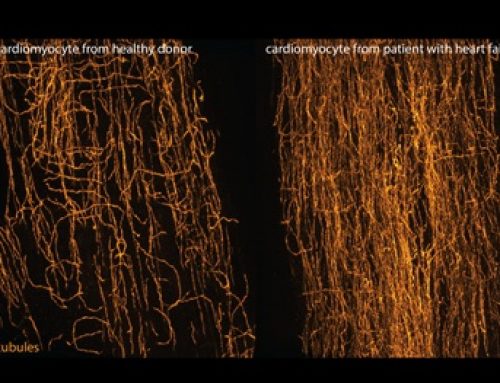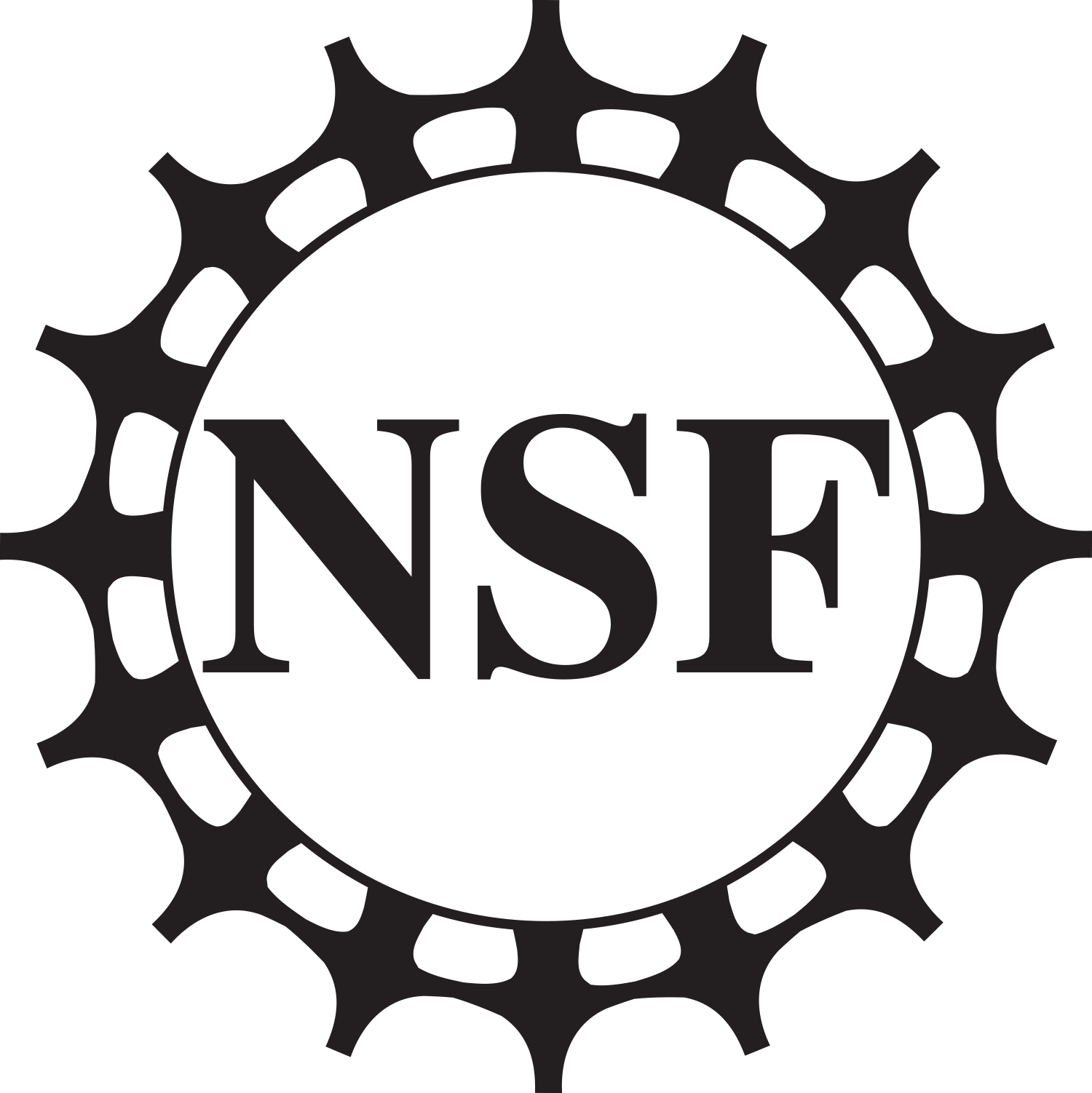Biomemetic devices represent a promising technological advance in the way we research and test complex biological systems. Engineered technologies that imitate cells, organs and processes can provide a controlled, scientific platform as an alternative to living tissue. Mimicry by lab-developed models can give us key insights into how natural systems will respond to stimuli while offering economic and ethical surrogates for live models.
Such a device made headlines last month as CEMB Fellow Dan Huh and his lab presented their “eye-on-a-chip” during a February 16 press conference at the American Association for the Advancement of Science annual meeting. This organ-on-a-chip incorporates living cells and a blinking, hydrogel eyelid. According to Huh, researchers might use this model to study conditions such as dry eye disease and eye injuries, or to test new treatments.
For more information about the debut of this technology, visit Science News or the Penn Engineering blog.





